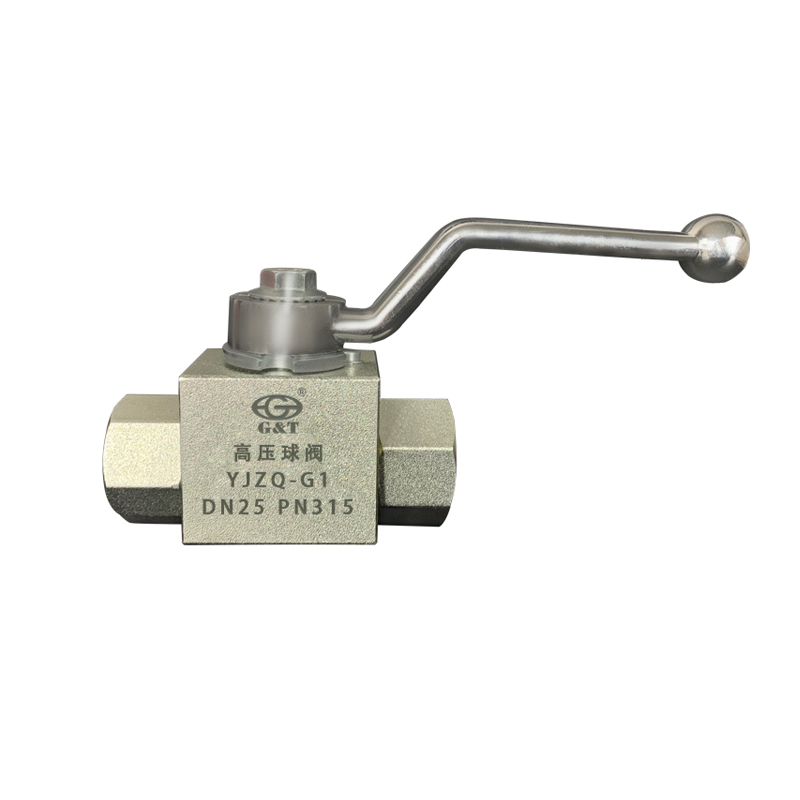What are the key advantages of using high pressure ball valves in industrial applications?
High-pressure ball valves offer several key advantages in industrial applications:
Reliability: High-pressure ball valves stand out for their unparalleled reliability, a critical factor in industries with demanding processes. The inherent simplicity of their design, featuring fewer components and points of failure, translates to a higher mean time between failures (MTBF). This reliability is essential in applications where any downtime can result in significant financial losses or safety hazards.
Quick Operation: The swift quarter-turn action of ball valves is a game-changer for operational efficiency. In high-pressure industrial scenarios, where precise control is crucial, the ability to rapidly open or close the valve allows for instant adjustments. This quick operation is not only about time savings but also about the precision required in managing fluid flow dynamics.
Low Friction: The meticulous engineering of high-pressure ball valves focuses on minimizing friction between the ball and the valve seat. This design consideration goes beyond mere longevity – it ensures that the valve operates smoothly with minimal resistance. Low friction is particularly advantageous in situations where even the slightest inefficiency could impact the overall performance of the system.
Wide Range of Applications: The versatility of high-pressure ball valves extends across a myriad of industrial applications. Whether it's controlling the flow of corrosive chemicals in a petrochemical plant or managing high-pressure steam in a power generation facility, these valves prove adaptable to diverse environments. Their ability to perform consistently across various conditions underscores their versatility.
Compact Design: The compact nature of ball valves isn't just about saving space; it's about optimizing every inch within industrial facilities. In cramped settings, such as offshore oil platforms or densely packed processing plants, the compact design allows for efficient use of available space. This design feature has a cascading effect on overall system layout and accessibility.
Minimal Maintenance: The low-maintenance characteristic of high-pressure ball valves is a result of thoughtful engineering. The design minimizes wear and tear, reducing the frequency of maintenance interventions. This isn’t just a cost-saving aspect; it contributes to higher operational efficiency by ensuring that the valves remain in service for extended periods without compromising performance.
Bidirectional Sealing: Bidirectional sealing capabilities are a testament to the precision engineering of high-pressure ball valves. This feature ensures a tight seal in both directions, a critical aspect in preventing backflow. In industries where cross-contamination is a concern or maintaining a unidirectional flow is imperative, bidirectional sealing adds an extra layer of reliability and safety.
High Pressure and Temperature Handling: High pressure ball valves are purpose-built to endure extreme conditions. The use of materials like high-grade stainless steel or specialized alloys allows them to operate seamlessly under high pressures and elevated temperatures. This resilience is particularly vital in industries dealing with aggressive substances or processes demanding stringent pressure control.
Ease of Automation: The adaptability of high-pressure ball valves to automation isn’t just a modern convenience; it's a strategic advantage. Automated systems enhance operational efficiency by allowing for remote monitoring and control. The integration of these valves into automated processes aligns with the broader trend of industrial digitization, contributing to a more intelligent and responsive industrial ecosystem.
YJZQ-G1 carbon steel white galvanized high pressure hydraulic ball valve












Contact Us